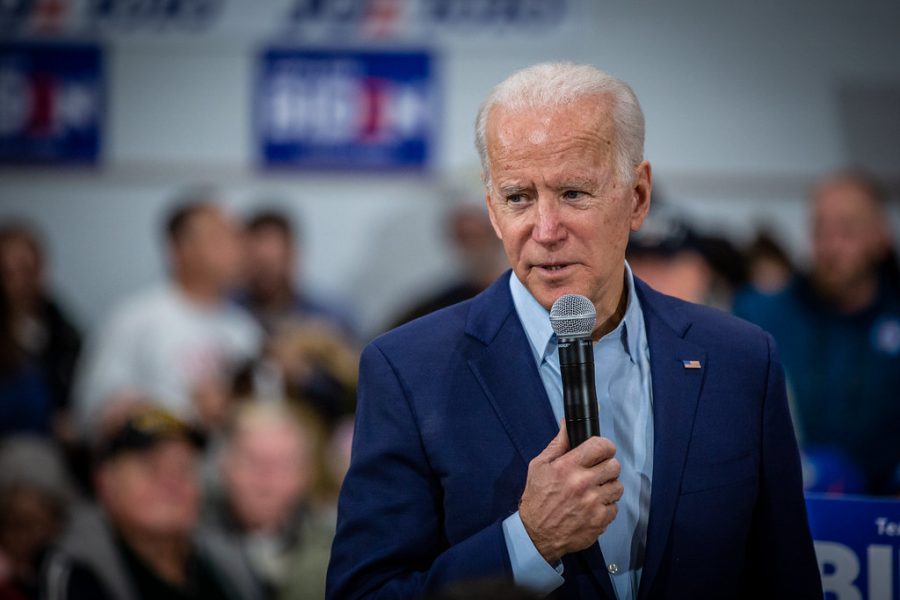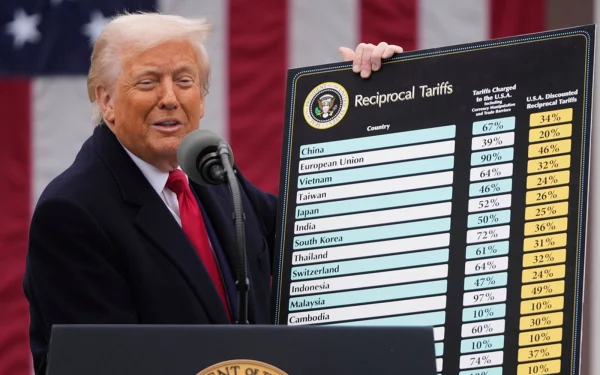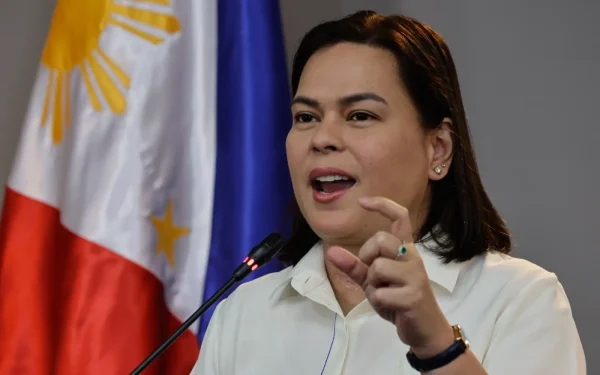Biden’s Plan to Reduce Student Debt
Student loan debt has been imposing a crushing burden on millions of borrowers around the world. However, the United States is moving towards a national plan that will forgive student loan debt. President Biden, Vice President Harris, and the U.S Department of Education have released a three-part strategy to support working and middle-class federal student loan borrowers shift back to standard payment as pandemic-related support halt. With this plan, Biden is hoping to provide more economic breathing room for America’s working families.
The total cost of both four-year private college and four-year public college has roughly tripled since 1980, even after accounting for inflation. Federal support has lacked in supporting and keeping up with many students’ needs. Pell Grants, once covering almost 80% of the cost four-year public college degree for students from working-class families, now barely cover a third. Due to this, many students from low and middle-income households are left with the decision to take out loans in order to finish their degrees. The median undergraduate student with loans, now graduates with roughly $25,000 in debt, according to a Department of Education report.
In an effort to ease the burden of rising college debt, Biden’s three-way plan strives to make student loan systems more affordable for working-class families. The President has announced that the Department of Education will:
- In order to handle the financial consequences of the pandemic, provide targeted debt relief (as promised during the President’s campaign). For Pell Grant recipients with loans handled by the Department of Education, the Department of Education will offer up to $20,000 in debt reduction. Students not recipients of Pell Grant though will have up to $10,000 in debt cancellation. If one’s borrower’s income is less than $125,000 ($250,000 for married couples), they are eligible for this relief. High-income individuals or households (those in the top 5% of incomes) are not to be benefited from this measure. Federal student loan repayments will take an extended pause one final time through December 31, 2022, in order to ensure a smooth transition and avoid unneeded defaults. Student borrowers should be expected to resume their payments in January 2023.
- Improve the manageability of the student loan system for both present and future borrowers by reducing the amount of monthly loan payments by half for undergraduate loans. The Department of Education is putting forth a brand new income-driven repayment strategy that eliminates more low-income borrowers from having to put forth any monthly payments for undergraduate loans at only half the rate that borrowers currently have to pay under most existing plans. This results in the hopes of reductions of more than $1,000 in the average yearly student loan payment for both future and current borrowers. In addition, Biden has proposed fixing the faulty Public Service Loan Forgiveness (PSLF) program by suggesting a rule that gives proper credit toward loan forgiveness to borrowers who have participated in charitable organizations, the military, or in local, state, or federal governments. The adjustments will expand on the short-term modifications the Department of Education has previously made to the PSLF, through which more than 175,000 public employees have already been accepted for loan forgiveness, totaling more than $10 billion approved.
- Persevering taxpayers and future students by cutting the cost of college and holding educational institutions accountable when they raise fees. Mr. President supported one of the greatest one-time infusions of funds into schools and universities as well as the biggest increase to Pell Grants in more than a decade. Biden will continue fighting to further reduce the cost of after-high school education and double Pell Grants, maximum, and make community college free. However, colleges must also ensure that borrowers receive value for their money and avoid taking on debt that they cannot afford. In areas where the past Administration reduced rules, this Administration has swiftly taken significant steps to strengthen accountability. The Department of Education has announced additional initiatives to make sure that students who invest money for college, get the value for it.
The skyrocketing cumulative federal student loan debt — $1.6 trillion and rising for more than 45 million borrowers — is a significant burden on America’s middle class. Middle-class borrowers struggle with high monthly payments and ballooning balances that make it harder for them to build wealth, like buying homes, putting away money for retirement, and starting small businesses. With the Biden-Harris Administration working swiftly at implementing improvements to student loans, many students are keeping their eyes out for future updates to further benefit them and their futures.










